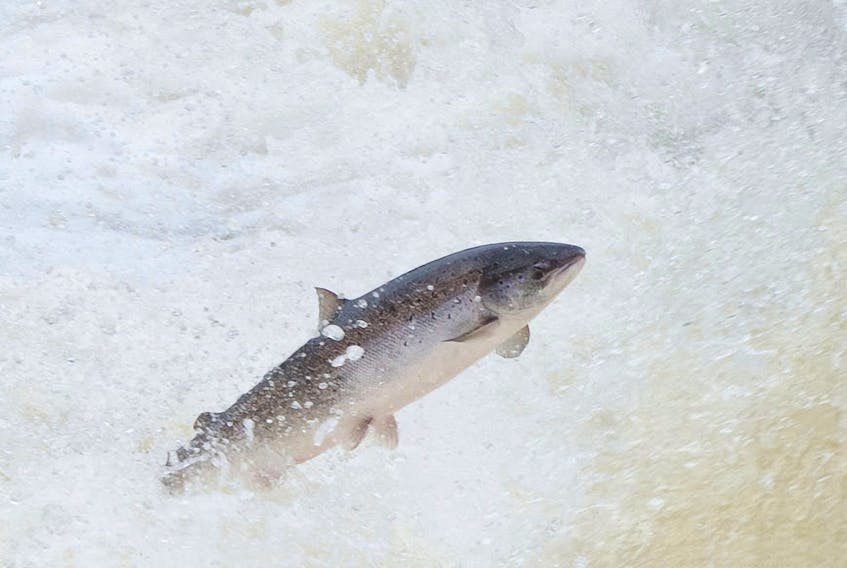ST. JOHN’S, N.L. – Salmon conservation groups are applauding the Department of Fisheries and Oceans Canada (DFO) for the reduction of retention angling in Newfoundland and Labrador.
The 2018 angling season has been limited to one salmon per angler, pending a mid-season review of returns. Last year there were six tags per angler.
Furthermore, catch and release angling is limited to three fish per day, opposed to four per day previously.
Related: Central anglers upset about retention salmon limits
The Atlantic Salmon Federation (ASF) says it’s an effective response to consecutive years of significant population declines.
In 2017, DFO science indicated 80 per cent of assessed rivers (12 out of 15) in the province showed declines of more than 30 per cent in total returns compared to the previous 5-6 years, which was a similar trend to 2016.
"DFO has taken a proactive approach to risk management for the 2018 salmon angling season," said ASF President Bill Taylor, in a statement. "We don't know what will transpire this year and by limiting the recreational harvest to a single fish until a mid-season assessment, DFO has made a decision in the interest of conservation."
Initially, the release states, the federation was looking to start the 2018 season with catch and release only, with retention allocations up to two tags based on a positive mid-season review.
"From a pure conservation perspective, live release to begin the season would be most effective," said Steve Sutton, ASF's coordinator of community outreach and engagement. "But DFO's plan strikes a reasonable balance between the need to take a cautious approach, the need to keep anglers engaged, and the need to support jobs associated with the fishery in rural Newfoundland and Labrador."
The Salmonid Association of Eastern Newfoundland (SAEN) called it a very difficult, but necessary decision.
The Association praised the federal government for taking the economic necessity of maintaining a recreational salmon fishery into consideration, while protecting the early salmon run until sufficient information about the 2018 stock could be obtained.
“At a time when political pressure from certain provincial politicians and special interest groups has been intense, DFO has sent a strong signal it relies on science to inform its salmon management policy. For this, DFO deserves our praise,” said SAEN President, Jim Dinn, in a press release.
His organization wanted to see the catch and release limit maintained at four fish per day, because, as Dinn stated, it’s a proven conservation tool.
“However, we accept the decision to reduce it to three as a necessary political compromise,” he said.









